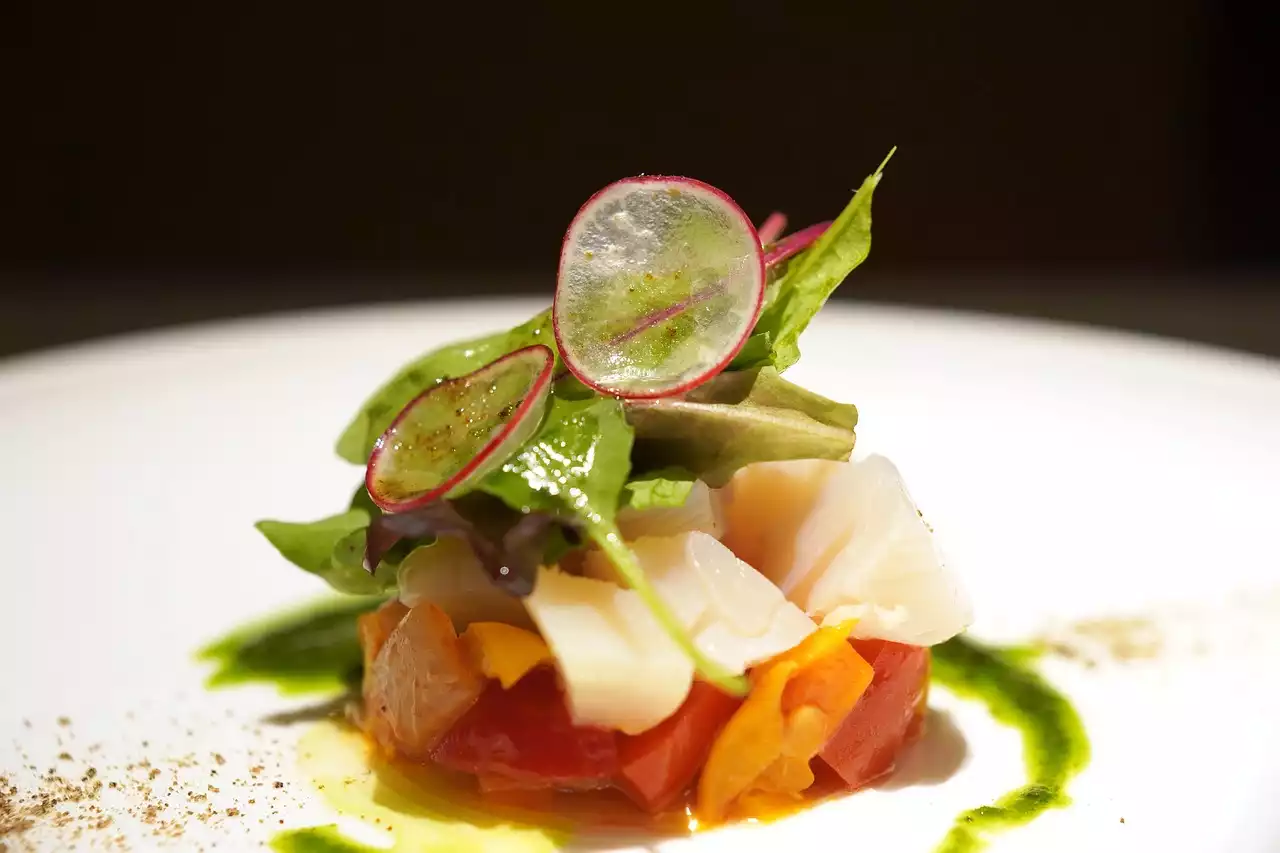In the realm of culinary curiosities, the story of how the frog's legs changed the cuisine in France is a fascinating tale that combines tradition, innovation, and a touch of quirkiness. These tiny amphibious appendages were once considered low-class fare, fit only for peasants and outcasts. However, thanks to one influential chef and a dash of French culinary creativity, frog's legs gradually made their way from the shadows of obscurity to become a renowned delicacy and a symbol of French gastronomy. This article explores the historical journey of frog's legs in France, tracing their transformation from peasant food to haute cuisine. We will delve into the cultural significance of this unlikely culinary transformation and examine the factors that contributed to the frogs' rise to fame. Along the way, we'll uncover interesting anecdotes, discover unique preparation methods, and learn how the French perfected the art of cooking these amphibian morsels. Prepare to have your taste buds tantalized and your perspectives challenged as we dive into the captivating tale of how the humble frog's legs hopped their way to the forefront of French cuisine.
SECTION 1: History and origins of eating frogs' legs in France
The consumption of frog's legs in France dates back centuries, with evidence of their consumption as early as the 12th century. The origins of eating frog's legs can be traced to the rural communities living near marshlands, where frogs were abundant. These communities, often impoverished, relied on the marshes for sustenance and found that frogs were a readily available and nutritious food source.
It is believed that the tradition of eating frog's legs in France was influenced by the Romans, who introduced the practice to Gaul during their occupation. The Romans considered frogs a delicacy and brought their culinary preferences with them wherever they went. Over time, the tradition of eating frog's legs became ingrained in French culture, particularly in regions such as the Loire Valley and Alsace, where marshlands were abundant.
Despite its humble origins, the consumption of frog's legs gradually spread beyond rural communities and became popular among the urban population. By the 17th century, frog's legs had become a staple in the diet of the French upper class, who embraced them as a delicacy. The trend of eating frog's legs spread to the royal courts, where the nobility indulged in extravagant feasts featuring this unique dish.
The popularity of frog's legs continued to grow throughout the 18th and 19th centuries, with French chefs experimenting with different cooking techniques and flavor combinations. The emergence of haute cuisine, a style of French cooking characterized by its emphasis on elaborate presentation and refined flavors, further elevated the status of frog's legs. Chefs began to incorporate frog's legs into their menus, showcasing their culinary prowess and creativity.
SECTION 2: Cultural significance of frog's legs in French cuisine
Frog's legs have come to symbolize French gastronomy and are often associated with the rich culinary heritage of the country. Their consumption is seen as a celebration of French culture and a nod to the traditions that have shaped French cuisine over the centuries. Frog's legs have become an integral part of French culinary identity, representing the country's ability to transform humble ingredients into extraordinary culinary creations.
Frog's legs are also deeply rooted in French folklore and traditions. In certain regions of France, particularly in rural areas, frog hunting is still practiced as a recreational activity. The hunting of frogs is seen as a way to connect with nature and preserve local traditions. It is not uncommon to find local festivals and events dedicated to frogs, where the highlight is often a feast featuring frog's legs.
The cultural significance of frog's legs is further reflected in the language. In French, the phrase "manger des cuisses de grenouille" (to eat frog's legs) is often used to describe indulging in luxury or extravagant meals. It has become a metaphor for living the good life and enjoying the finer things. This linguistic association highlights the elevated status that frog's legs have attained in French culinary culture.
SECTION 3: Unique preparation methods and the art of cooking frog's legs
Cooking frog's legs requires skill and precision to ensure they are tender, flavorful, and perfectly cooked. The French have developed various preparation methods that highlight the delicate flavor and texture of the meat. One popular technique is to sauté the frog's legs in butter and garlic, enhancing their natural taste while adding a subtle richness. Another common method is to bread and fry the legs, creating a crispy exterior that contrasts with the tender meat inside.
In addition to these traditional cooking methods, contemporary chefs have also embraced innovative approaches to prepare frog's legs. They incorporate them into modern dishes, pairing them with unexpected ingredients and flavors to create a unique gastronomic experience. For example, frog's legs may be served alongside foie gras, mushrooms, or truffles, creating a harmonious blend of flavors and textures.
The art of cooking frog's legs extends beyond the techniques used in the kitchen. The sourcing of high-quality frog's legs is crucial to ensuring a memorable dining experience. Chefs often work closely with suppliers who adhere to sustainable fishing practices, ensuring the frogs are harvested responsibly and without harming the ecosystem. This commitment to sustainability aligns with the broader movement in the culinary world towards environmentally conscious dining.
CONCLUSION
The transformation of frog's legs from peasant food to haute cuisine is a testament to the ingenuity and creativity of French chefs. Through centuries of culinary evolution, frog's legs have become a symbol of French gastronomy, celebrated for their delicate flavor and cultural significance. The journey of frog's legs in France showcases the power of food to transcend social boundaries and challenge culinary norms. So, the next time you find yourself in a French restaurant, consider indulging in this unique delicacy and appreciating the rich history and cultural heritage behind a plate of perfectly cooked frog's legs. Bon appétit!






